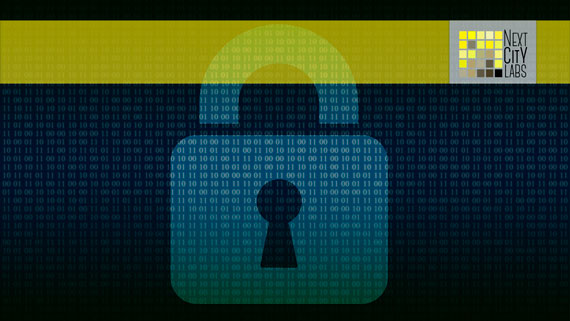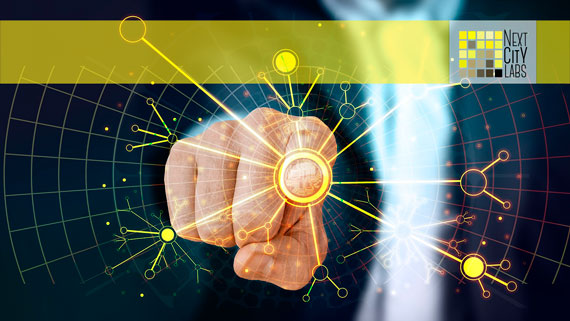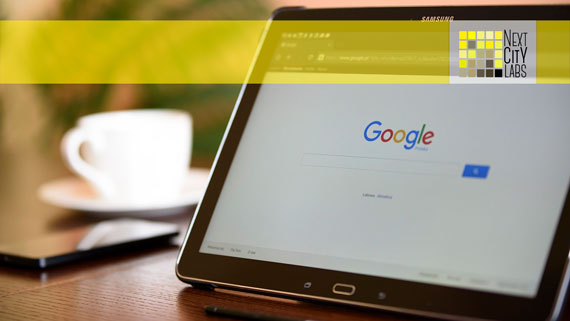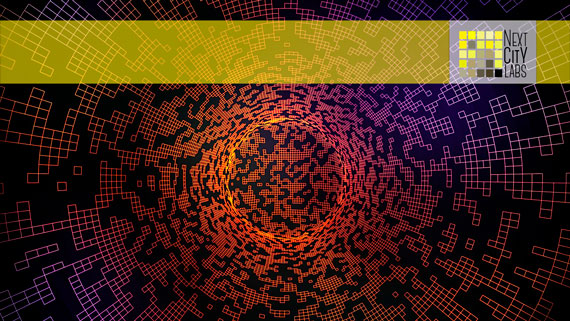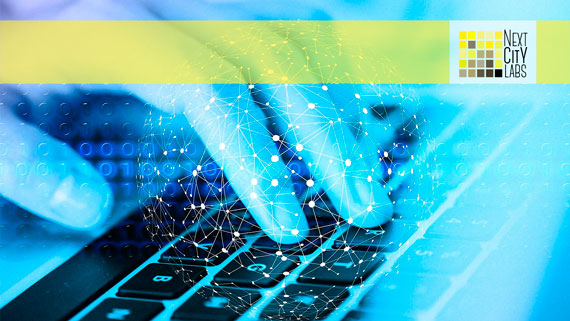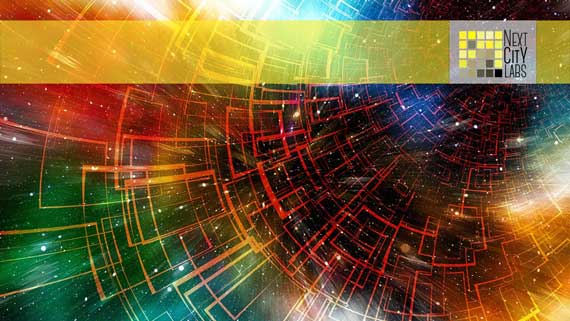IOT
The Internet of Things (IOT) is a new concept that is based on connectivity between devices creating a full, efficient, and fast communicational network. It is primarily based on information gathering technologies such as sensors and communication networks for real-time communication between connected devices.
Thanks to the networks created under the IOT umbrella, a high level of interconnectivity is achieved, which translates into efficiency at all levels. The collection of information through sensors allows real-time monitoring, full adaptation to the time and place, as well as being able to implement responses according to these stimuli. In addition, all this collected information is vital to nurture big data and artificial intelligence algorithms, capable of learning and predicting future scenarios.
The hyperconnectivity of IOT allows the traffic of a large amount of data between objects, equipment, and people. This makes it possible to transform cities into smartcities by connecting almost any device.
There are many applications: In cities, they allow for automatic, constant, and real-time monitoring of atmospheric variables such as temperature, humidity, wind, solar radiation, rainfall, noise, air and water pollution levels, water pH, etc.; variables related to pedestrian and vehicle traffic, which are so important in terms of traffic and mobility management. Another important aspect to consider is security, not only through constant monitoring systems through the installation of cameras in strategic locations, but also through pattern recognition of certain people and vehicles.
The range of application of IOT is very broad and is not only focused on cities. Agriculture, manufacturing, and specific areas such as healthcare benefit from it, contributing to the automation and autonomy of operations.
